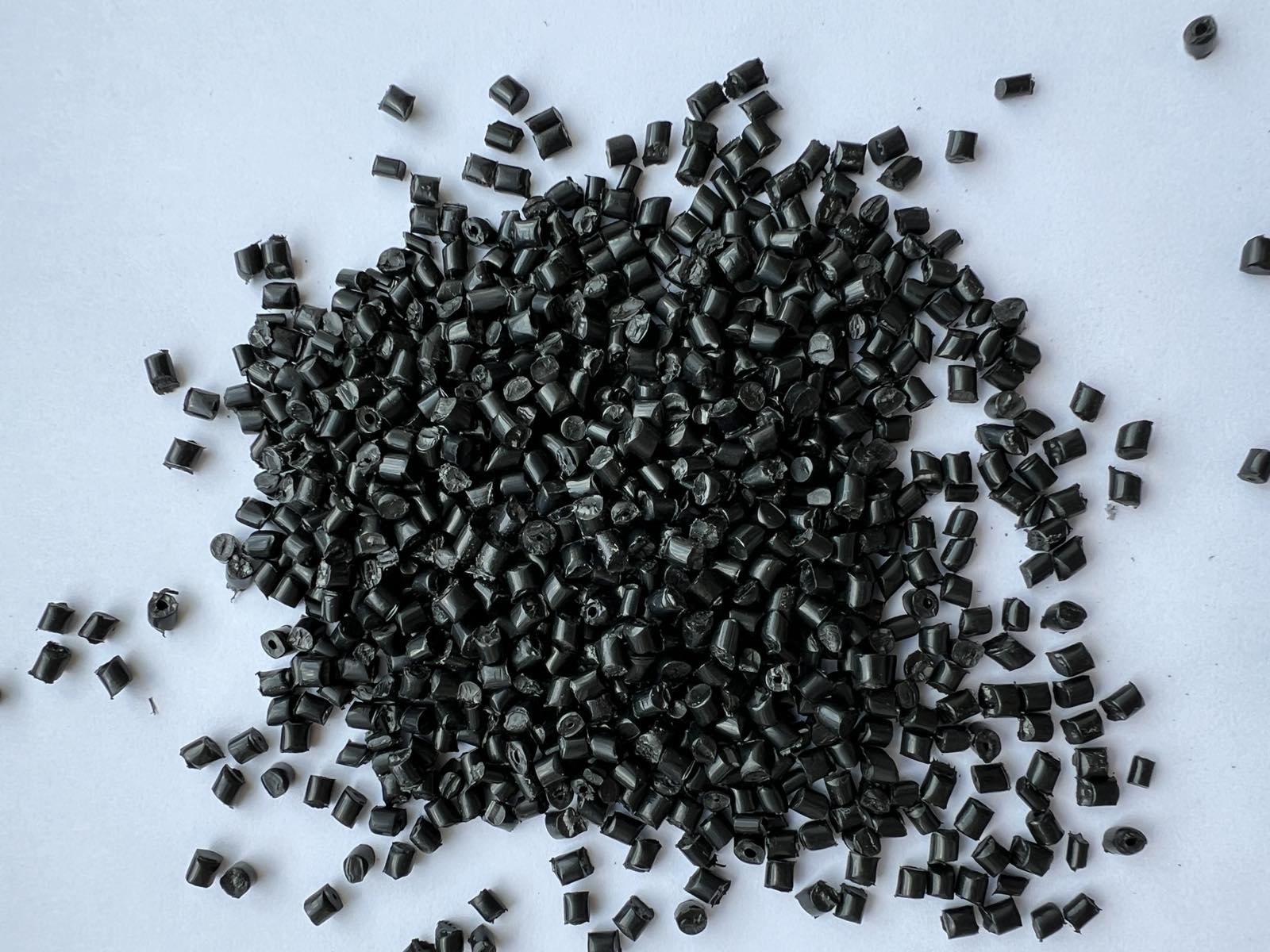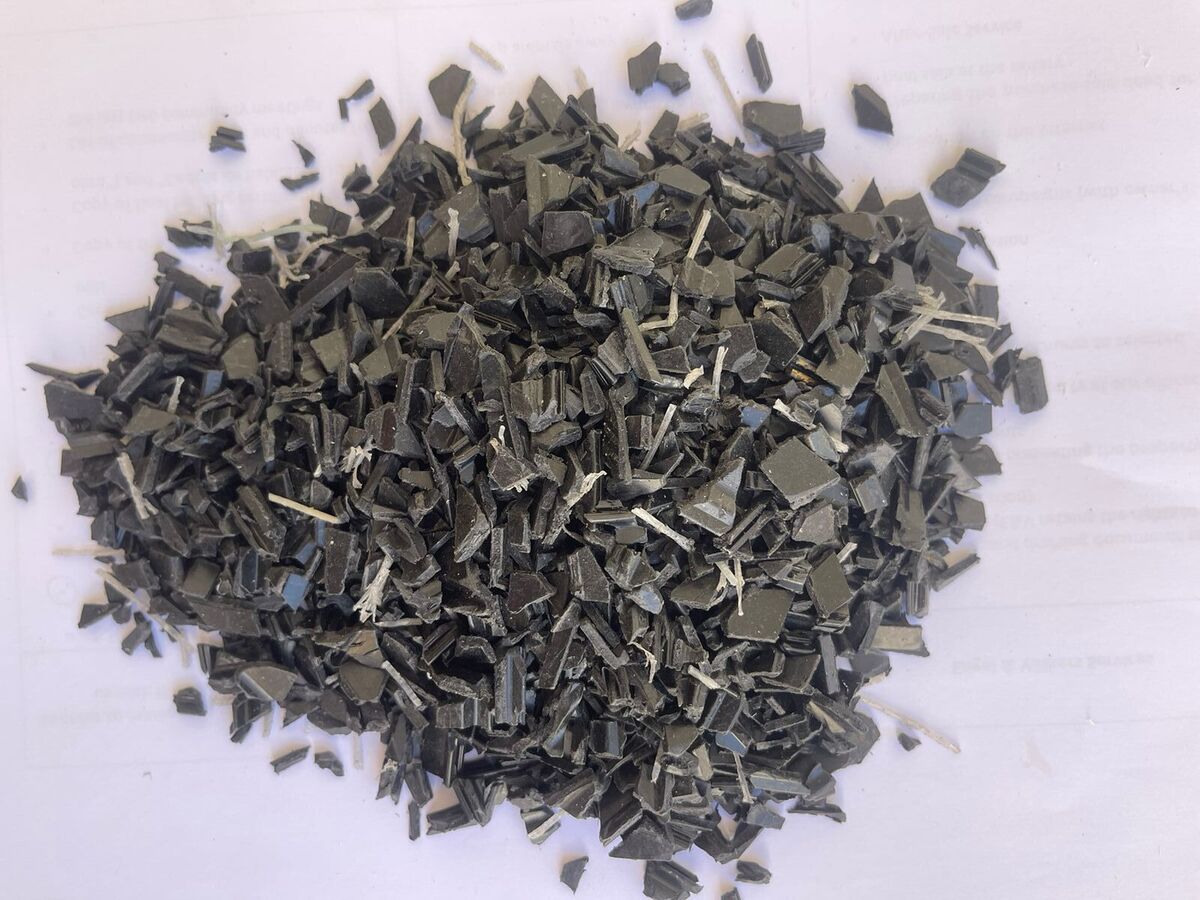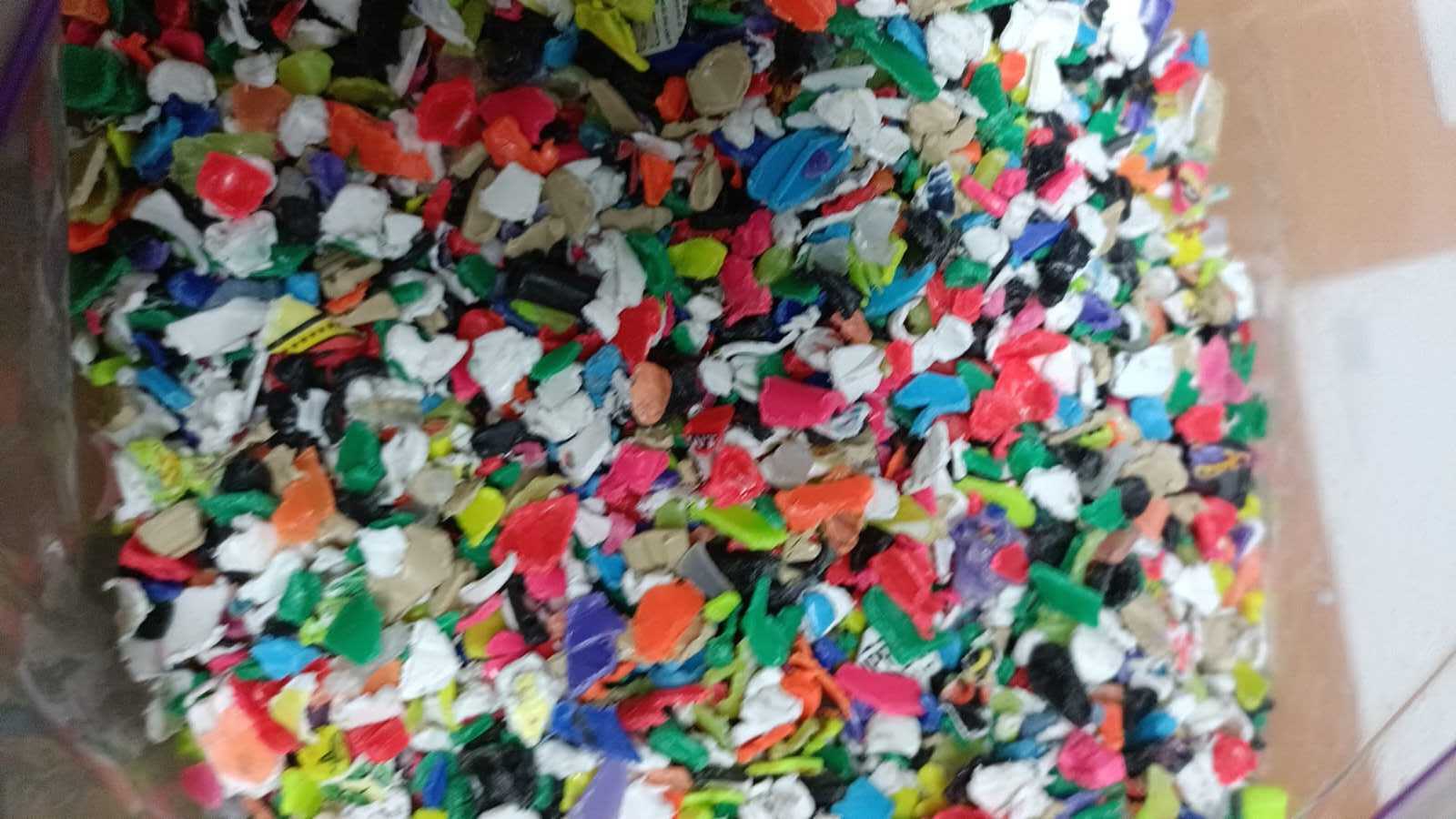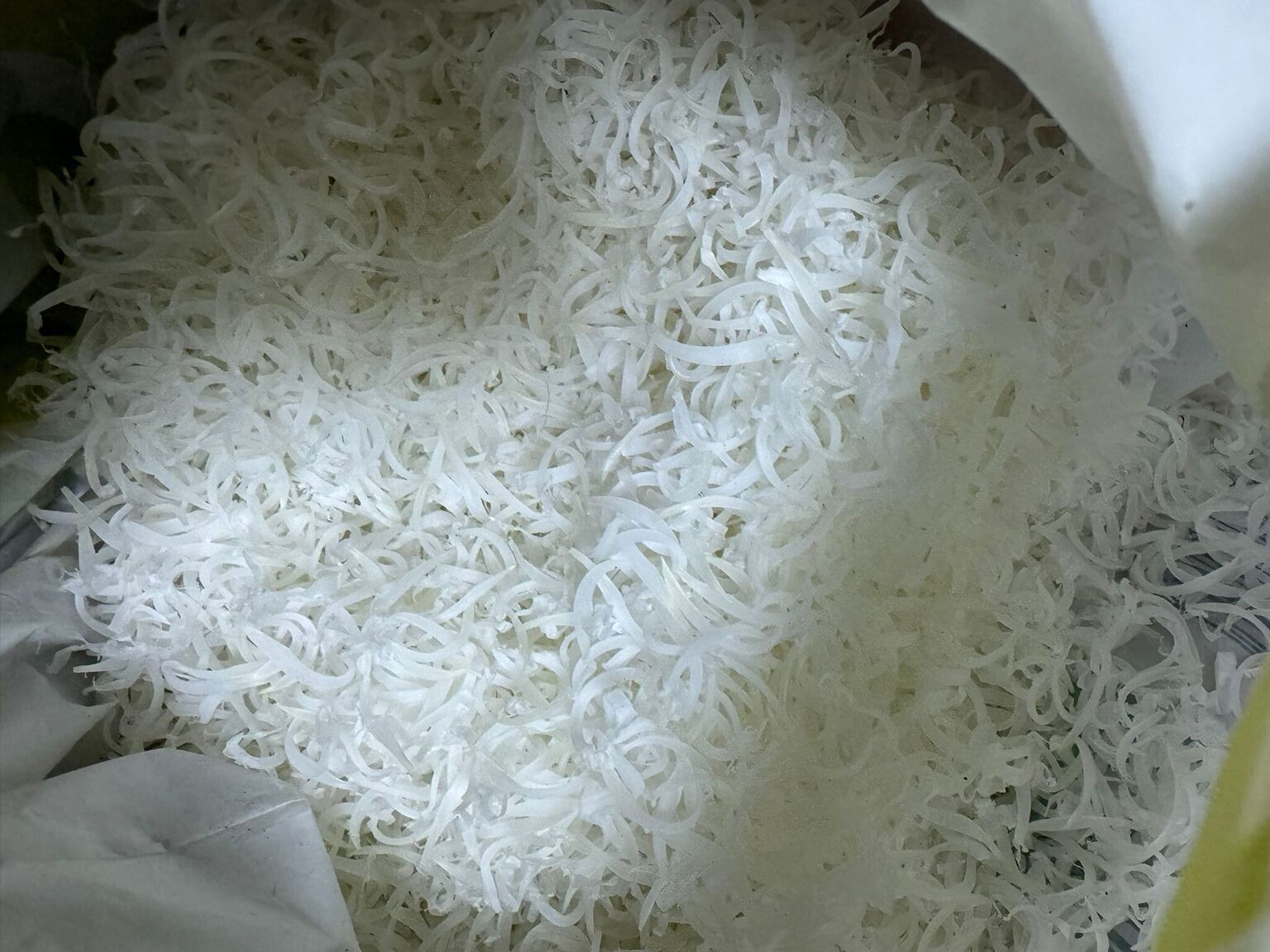Polyamide (PA) 6 / 66
Pellets of PA66 from cable ties (PA66 black TDS)
Description: 100% polyamide 66 recycled in granules, unfilled, high and stable quality. Raw material: polyamide 66 cable ties (sorted, filtrated, without any contaminations and impurities).

PA66 profiles

PA66 with metal

PA66 lighters regrind


PA6 without filler

Product overview
The development of technology produces new materials that provide advanced capabilities and the necessary technical characteristics. Such materials are polymers – chemical substances on the basis of which various materials and parts are created. One of these polymers is polyamide.
As a substitute for other polymers, water polyamide has improved resistance to wear and is more suitable for working at higher temperatures, thereby reducing expansion in various areas, such as industry , so it is in everyday life. Unrespectful of greater virtuousness, polyamide bows with a high pitch to its authorities
What is polyamide and where is it used
Polyamide is a material belonging to the group of structural polymers, that is, it is an artificial material based on plastics containing amide chains in the chain. The material was first obtained in the USA in 1862 on the basis of petroleum products.
The process of manufacturing parts from this material is quite simple. Conventional injection molding is most often used, which allows to reduce the cost of finished products and ensure continuous production of parts.
If you compare polyamide and other polymers, it turns out that it has increased strength and elasticity. The structure of the material is protected against mechanical damage and can withstand the effects of elevated temperatures. These properties are preserved during the production of final parts, the production process does not require the use of additional components for reinforcing and strengthening the structure.
The properties of polyamide allow it to be used in many areas. Thus, this material made a real revolution in the textile industry, where its addition to wool, polyurethane and other components made it possible to manufacture high-quality and durable carpets, outerwear, underwear, and so on. Nylon thread with a minimum diameter has higher strength compared to threads made of other materials, while its cost is equivalent or even lower than analogues.
Also, polyamide is used in the following areas:
Production of various reinforcing components in the manufacture of ropes, industrial conveyor belts, fishing nets. Its use is due to the increased tensile strength and elasticity of the polyamide thread, which allows the threads to be woven into the structure.
In construction, for the formation of anti-corrosion and antiseptic coatings for surfaces, laying of pipelines. Pipelines made of this material are more durable and strong compared to those made of standard plastics. They are used in hard-to-reach places to extend the trouble-free service life. Polymer-treated surfaces are resistant to all types of fungi, have a smooth surface, and do not require additional processing. In addition, it allows you to protect the paint layer without losing the attractiveness of the appearance, as it transmits light well.
It is used in mechanical engineering for the manufacture of bushings, impellers, housings, parts of shock absorbers and bushings. It is used in the automotive industry for the manufacture of parts of the electrical system of the vehicle, chassis and other parts of the car.
In the food industry, various containers, equipment housings, containers, and so on are made from this polymer. The material is suitable for contact with food, therefore, it is used quite widely. It is used both for domestic purposes and at large food production plants, dairy farms, and so on.
Polyamide threads, artificial vessels, prostheses and implants are used in medicine. The material has pronounced antibacterial properties, which is why it is widely used in various medical devices and tools.
Advantages and disadvantages of polyamide
The advantages of the material include:
Strength and resistance to mechanical damage;
Resistance to breaking and breaking loads;
Low specific weight compared to other materials with similar strength and durability;
Hygroscopicity. The material is not exposed to moisture, does not have corrosion properties;
Resistance to thermal oxidizing agents;
Fire Security. The material is non-combustible and has a high melting point;
Ease of processing and production of products.
Disadvantages of polyamide can be manifested depending on the field of use of the material. For example, fabrics made with the addition of this polymer are prone to greasy contamination. Other negative qualities include:
Increased electrification, which is due to the low hygroscopicity of the polymer. In some areas, for example, the textile industry, this property is a disadvantage.
Relatively small deformation threshold. Limits the possibility of using some types of polymer at increased loads.
Some types of polyamide have a high melting point, which causes difficulties in the manufacture of finished products and compatibility with other components included in their structure. This leads to an increase in the price of production equipment and a complication of the technological process.
Without the use of special composites, the polymer has reduced heat resistance. Only thanks to the addition of components, the material can be used in an aggressive temperature environment, which increases the cost of finished products and complicates the production process.
Some types of polymer during production and use emit harmful substances that negatively affect the environment and human health. In addition, the disposal of products can also harm the environment.
It should be remembered that the positive and negative properties of polyamides depend on the area of use. The development of the composition takes into account the operating conditions of products made from the material, so shortcomings are often compensated for when used in highly targeted projects. Depending on the direction of use, composite materials based on polyamides are also being developed.